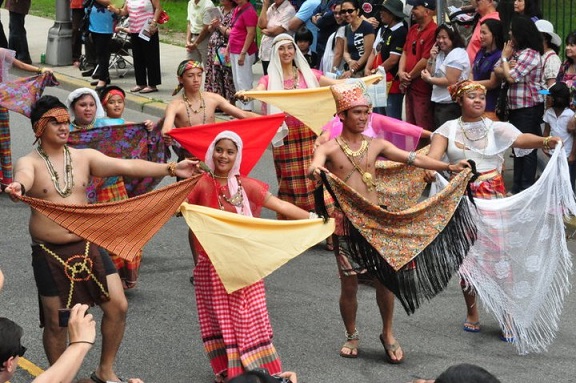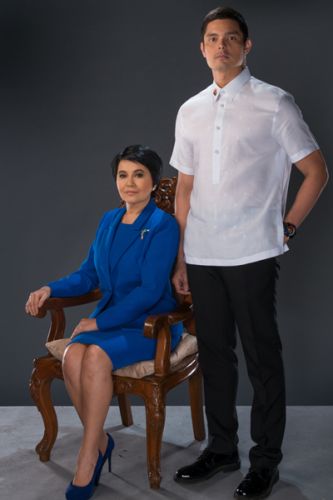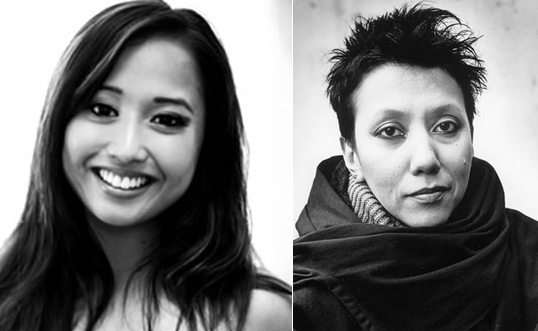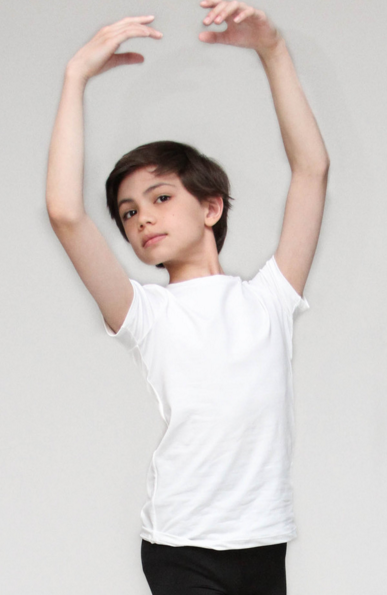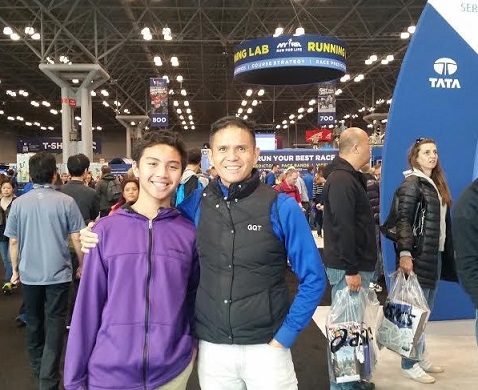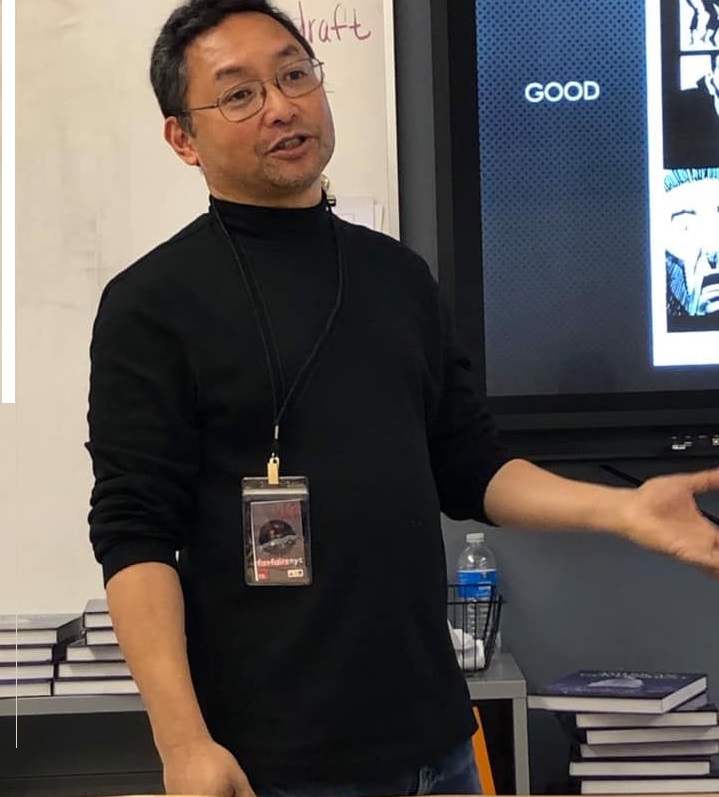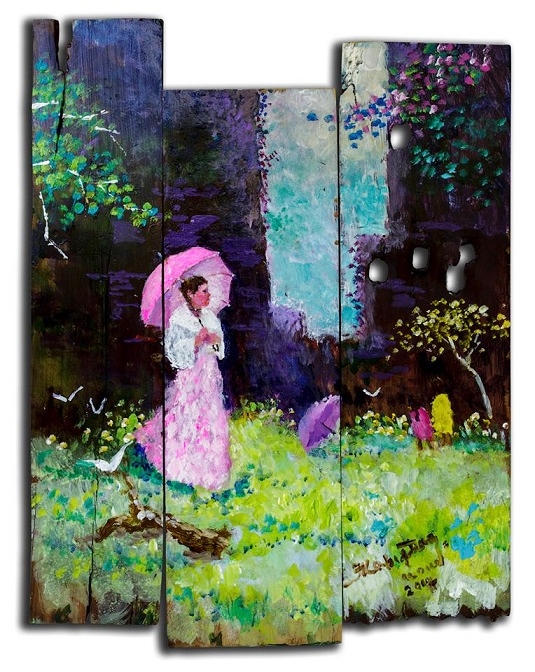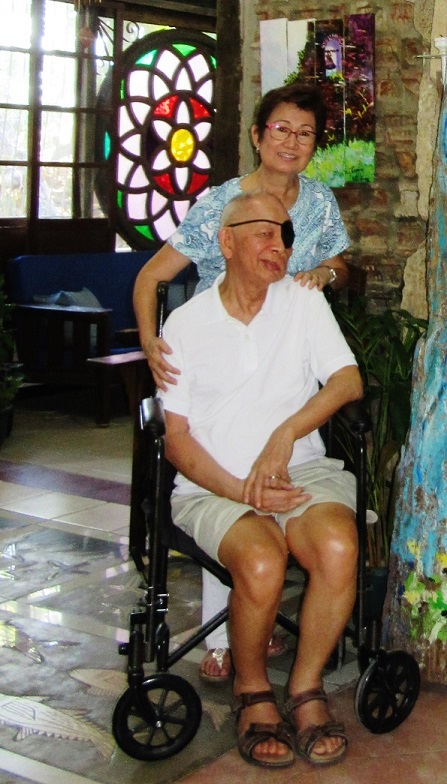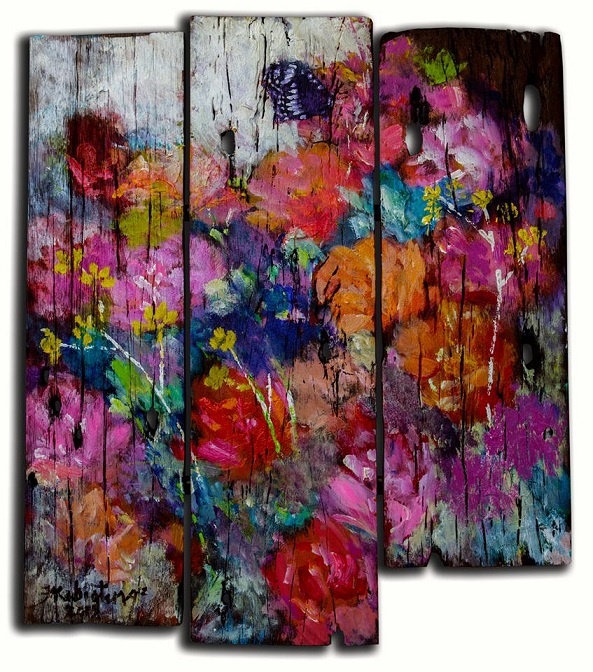Fernando Kabigting: Creating new art on old, weathered wood
By Cristina DC PastorDisability has never become an excuse for Fernando Kabigting to stop painting. He has been painting since the Sixties and became even more prolific after he suffered a stroke in 1999 that paralyzed half his body and partially impaired his sight and right hand.
As a matter of fact, he is slated for a one-man exhibit at the Philippine Center on Fifth Avenue that will confirm how art has transformed him amidst the limitations imposed by his physical condition. “Seeing Beyond: An Artist’s Journey” will have an opening night gala on June 10 and will run till June 24, as the Philippines celebrates its 117th year of independence.
“Painting with limitations challenged me all the more and never deterred me from exploring what my left hand and one eye could accommodate,” Kabigting, called Didi by family and close friends, said to The FilAm in an email interview. “Ironically, I felt I have more freedom now in terms of how to express my art. My colors have changed dramatically.”
Added his wife Menchu, “One art aficionado stated that he has had a complete transformation of tone and style upon seeing his recent works.”
Kabigting’s collection of more than 20 acrylic paintings on old wood will explore his favorite subjects, such as old churches with Spanish architecture, landscapes with ruins, old cartwheels, and local sceneries. “Each new piece that I paint now carries even more depth, and they’re even more vivid,” he said.
It has not been easy at first, according to Menchu, who has been married to the self-taught artist for 40 years. While recovering from the stroke, Kabigting entered an unsettling period where he thought he had lost his ability to paint. A former teacher, Menchu got him reacquainted with his medium. She gave him a blank paper and tubes of oil paint. She led his hand to caress the paint while she squeezed different colors on the paper.
“It was tormenting to watch him not be able to paint,” she said in a 2008 New York Times article where Kabigting’s story was featured.
Art took root early in Kabigting’s life. He had a wish to study Fine Arts in college, being a great admirer of the National Artist Fernando Amorsolo. His mother, fearing the myth of the ‘starving artist,’ disapproved. He enrolled in economics and got himself involved with a group called Easel Artists Workshop of San Juan, Rizal. When his economics teacher saw him sketching in class, he stated, “Kabigting, you’re a misplaced talent.”
He earned his degree and worked for two Philippine corporations, until he decided to open his own gallery in Sta. Mesa where he exhibited his works. This venture led him to many places around the country where he held solo shows, taught painting to young students, and opened more galleries.
His first one-man exhibit in New York — also at the Philippine Center – was in 1988. There, he introduced his ‘batya’ art to the Filipino American community and art aficionados around the city.
The ‘batya’ caught his attention in the ‘60s when he was an aspiring painter experimenting with a variety of styles and media. Imelda Marcos was smitten she bought about a dozen pieces from an exhibit of the ‘batya’ art at the Gallery Bleue of Rustan’s. The ‘batya’s’ concave shape, he said, “challenged my imagination.”
Kabigting would hold several more solo and group exhibits, including one at the United Nations building in 2009 where then Permanent Representative Hilario Davide commended him for his “tenacity and enduring Filipino spirit.”
He and Menchu have two daughters and two grandchildren. After 17 years of living in New York, Kabigting has returned to his hometown in Molo, Iloilo in 2011 granting him the opportunity to once again embrace his beloved country. Menchu has stayed behind in New York because of work commitment and her involvement in marketing his paintings.
“Didi has been an artist for more than 50 years, this exhibit may be his last here in the U.S.,” Menchu pondered. This exhibit, she said, is his “tribute to those who journeyed with us from illness to wellness, from starting all over to soaring to greater heights still.”

